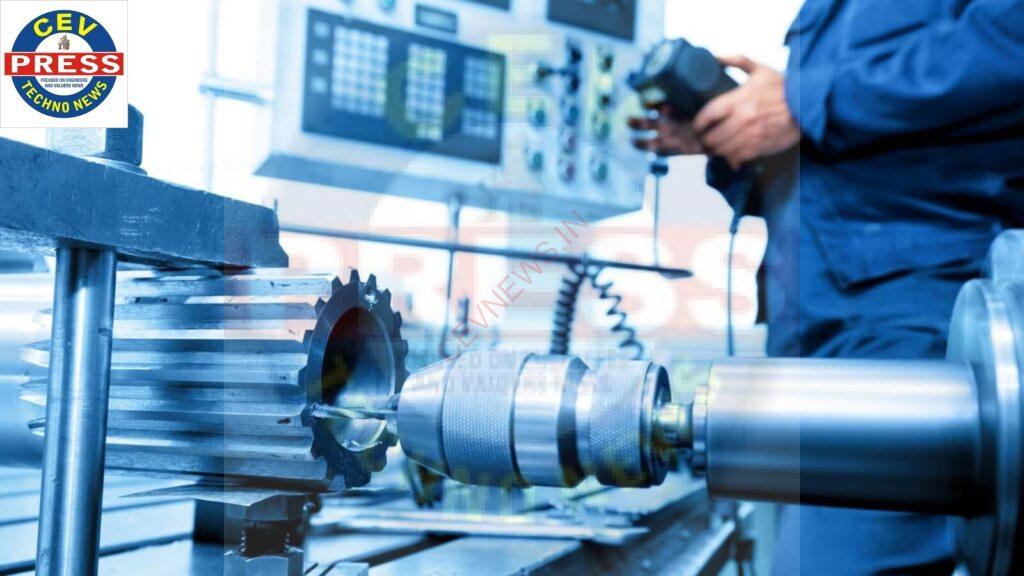THE EVOLUTION OF CNC MACHINING: FROM TRADITIONAL METHODS TO ADVANCED AUTOMATION
CNC (Computer Numerical Control) machining has undergone a remarkable evolution in India, transitioning from traditional methods to embracing advanced automation. This progression has significantly impacted manufacturing industries across the country, revolutionizing processes and enhancing efficiency. Here’s a comprehensive look at the journey of CNC machining in India, highlighting key milestones and advancements:
1. Introduction of CNC Machining in India:
- The inception of CNC machining in India dates back to the late 20th century when the technology was introduced to enhance precision and productivity in manufacturing.
- Initially, CNC machines were imported, limiting accessibility due to high costs and technological dependencies.
2. Adoption of CNC Technology:
- Over time, Indian industries recognized the potential of CNC machining and started investing in technology and infrastructure.
- Small and medium enterprises (SMEs) began incorporating CNC machines into their production processes, albeit at a slower pace compared to larger industries.
3. Technological Advancements:
- With advancements in automation, CNC machining evolved to encompass a broader range of capabilities, including multi-axis machining, simultaneous operations, and integration with CAD/CAM software.
- Improved precision, repeatability, and speed became defining characteristics of modern CNC machining centers.
4. Role of Government Initiatives:
- Government initiatives such as “Make in India” and incentives for manufacturing sectors spurred the adoption of CNC technology.
- Subsidies, tax benefits, and skill development programs encouraged SMEs to invest in CNC machining, driving industrial growth.
5. Rise of Indigenous Manufacturing:
- To reduce dependency on imports and promote self-reliance, India witnessed the emergence of indigenous CNC machine manufacturers.
- Domestic companies started producing CNC machines tailored to the specific needs and budget constraints of Indian industries, democratizing access to advanced machining technology.
6. Integration of IoT and Industry 4.0:
- The convergence of CNC machining with IoT (Internet of Things) and Industry 4.0 principles ushered in a new era of smart manufacturing.
- Connectivity, data analytics, and predictive maintenance capabilities embedded within CNC systems optimized productivity and minimized downtime.

7. Future Outlook:
- The future of CNC machining in India is poised for further growth, driven by innovations such as additive manufacturing, hybrid machining, and artificial intelligence.
- Emphasis on sustainability, energy efficiency, and customization will shape the next phase of CNC evolution in the country.
- From its humble beginnings to becoming a cornerstone of modern manufacturing, the evolution of CNC machining in India reflects a journey of technological advancement and industrial development.
- With ongoing innovation and strategic investments, CNC machining is poised to continue shaping the landscape of Indian manufacturing, driving competitiveness and economic growth.


